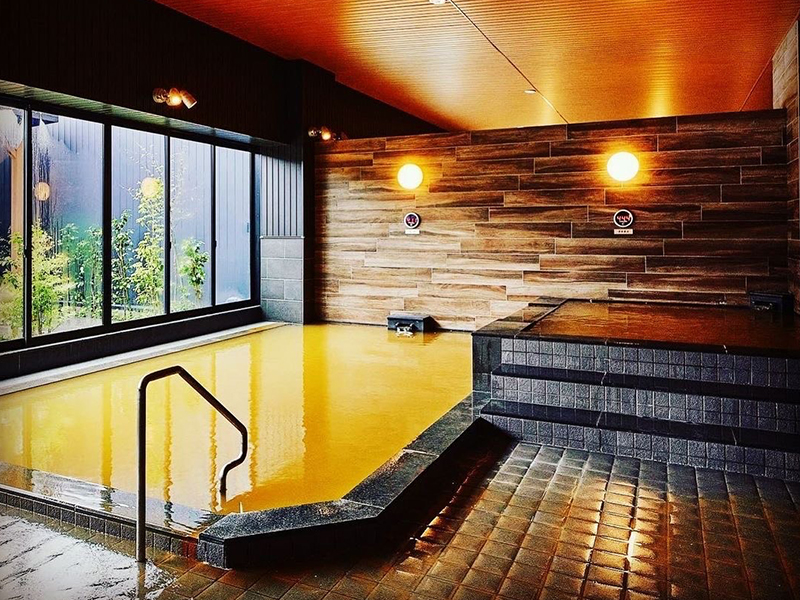Kumagaya Hot Spring Yura no Sato
sightseeing

At our hot spring you can enjoy low mineral content water typical of the top hot springs in Japan in a traditional Japanese-style outdoor bath. You can also use the ganban`yoku hot stone bath, reclining chairs, massage machines and the popular free relaxation area. There is even a high-concentration carbonated spring, which garners attention from the medical industry, making our facility the ideal place for a full day of relaxation.
Basic Information
Location
Saitama Prefecture Kumagaya Tsukimimachi 2-1-65
TEL
048-525-4126
FAX
048-525-6615
Home page
Facilities
■Sauna・Bedrock bath ■Resting space ■Restaurant ■Relaxation ■Other equipment (natural hot spring)
Business hours / Fee
Business hours
9:00 AM ~ 12:00 AM (Final reception is at 11:30 PM)
Regular holiday
Closed due to maintenance that takes place multiple times a year
Fee
Admission Fee (Adults) Weekdays 850 yen ~/Saturday, Sunday, Holidays 950 yen ~
How to get there
Public transport
A 10 minute walk from Ishihara Station of Chichibu Railway
Parking
Can accommodate up to 350 cars
Universal design
AED installation
〇
Stairs with handrail
〇
Wheelchair-accessible slope
〇
Wheelchair parking
〇
Compatible with diaper changing tables
〇










